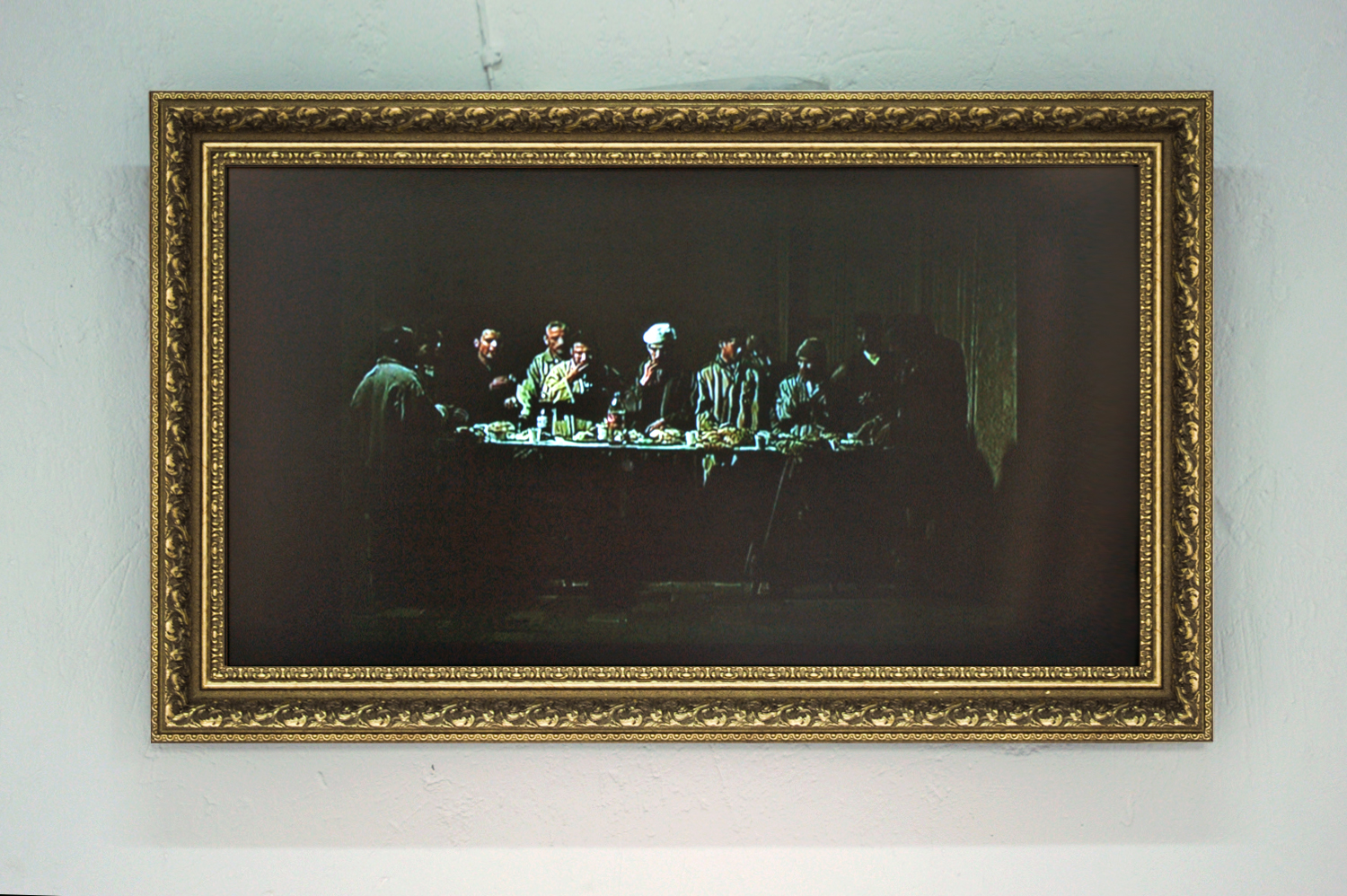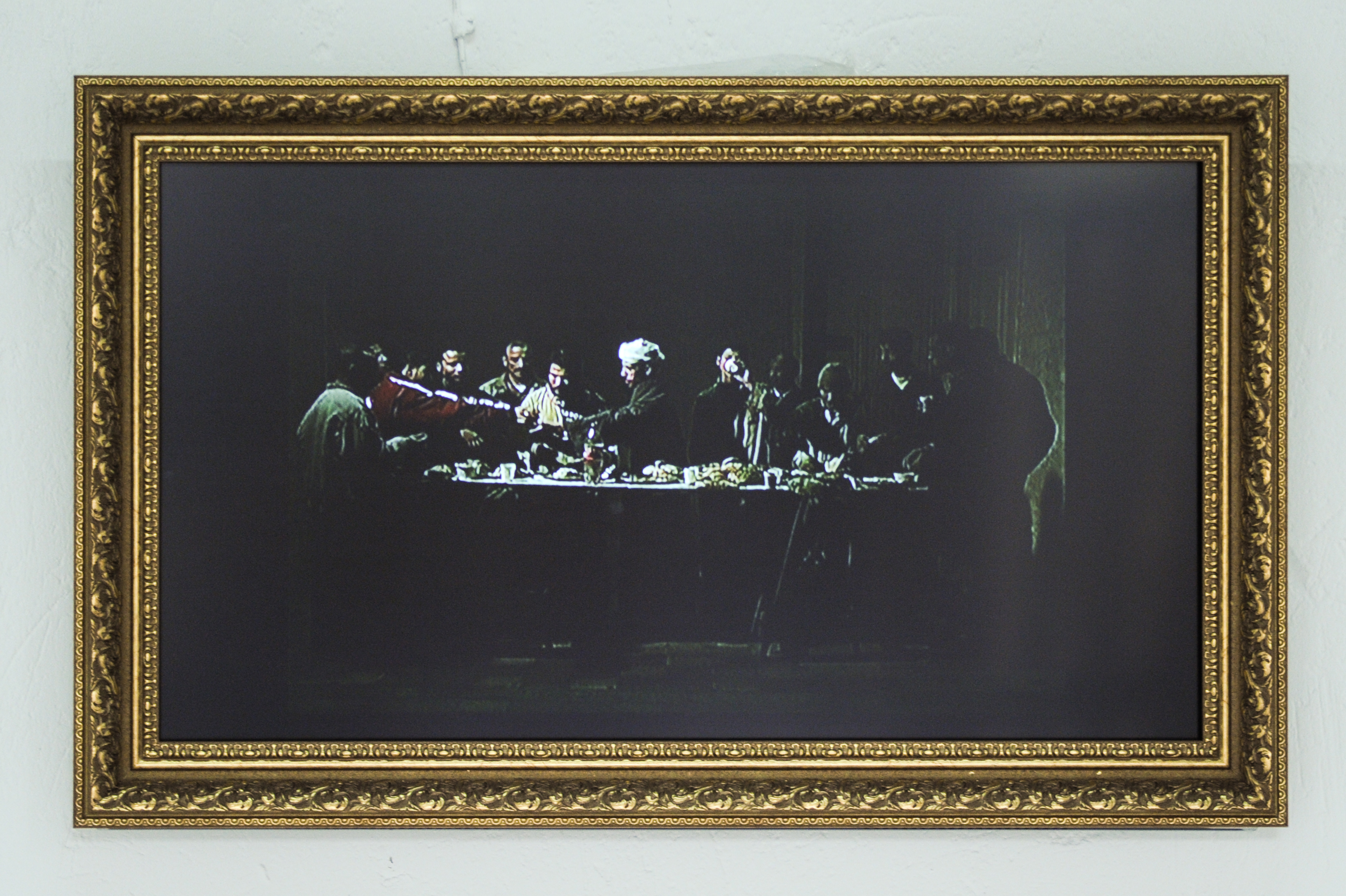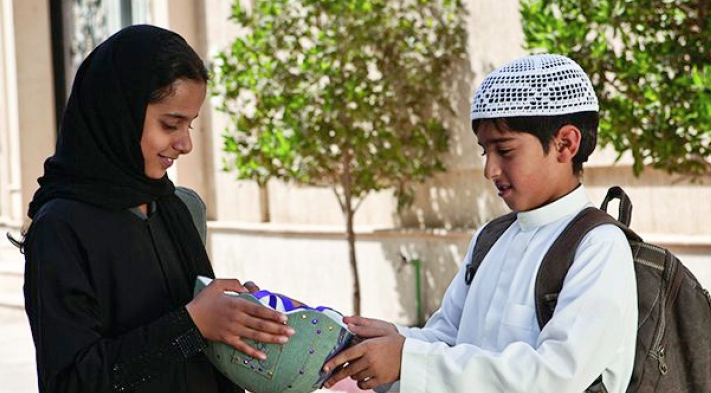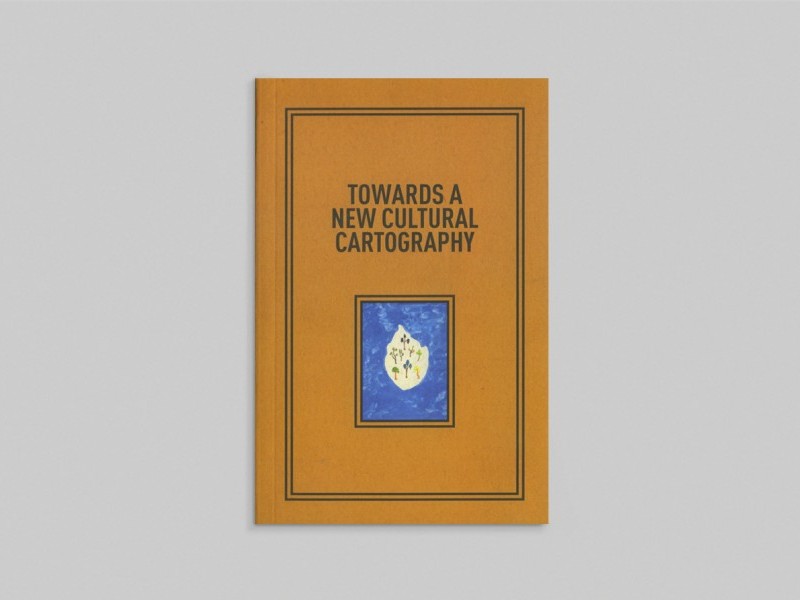
Iftar, 2004
Ayman Ramadan
Iftar, 2004
Colour video LCD 32” with sound
Installation view
Image courtesy of the Artist
search


Ayman Ramadan
Iftar, 2004
Colour video LCD 32” with sound
Installation view
Image courtesy of the Artist
When I first came across a picture of Leonardo da Vinci’s Last Supper, I noticed how much it resembles the Islamic breaking of the fast – known as Iftar in Arabic – during the Muslim holy month of Ramadan. Each afternoon during Ramadan, workers throughout the cities and towns abandon their activities and gather for Iftar. They sit at public tables in the streets where free food is provided for all those who cannot afford the meal, including transient workers who have come to the city from the villages. It is a humble affair that brings together the city’s poorest as they ease their hunger in celebration of their faith.
I then sought out the story behind Leonardo’s painting and concluded that the similarities between the Last Supper and the tradition of Iftar are not merely visual. Having spent most of my life in Egypt, where religious strife is a daily concern, the painting struck me as a powerful tool to underline the most important aspects of the Abrahamic religious tradition: the notions of equality and social justice.
For this video, I invited twelve workers from a backstreet in downtown Cairo to reenact an Iftar. The piece slowly unfolds as the meal is consumed quietly in a naturalistic manner, without dramatic movement or editing.
2013
This project was part of Sharjah Biennial 11
Ayman Ramadan
2004
Colour video LCD 32” with sound
Installation view
Image courtesy of the Artist


Ayman Ramadan’s practice emerges from and responds to street culture and the practices of everyday life in the small village of Sharqiya where he grew up, and the chaotic megalopolis of Cairo where he moved to as a teenager.

This publication takes as its starting point Yuko Hasegawa’s curatorial concept for Sharjah Biennial 11: Re:Emerge – Towards a New Cultural Cartography and March Meeting 2013.